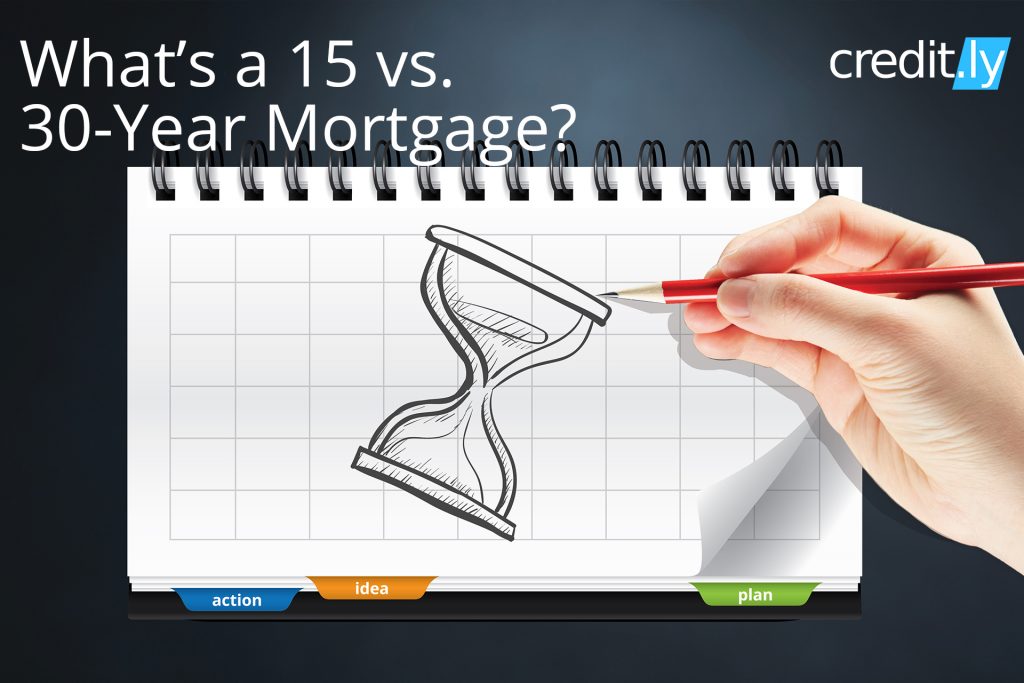[et_pb_section fb_built=”1″ _builder_version=”3.22.3″][et_pb_row _builder_version=”3.25″ background_size=”initial” background_position=”top_left” background_repeat=”repeat”][et_pb_column type=”4_4″ _builder_version=”3.0.47″ custom_padding=”|||” custom_padding__hover=”|||”][et_pb_post_title _builder_version=”3.26.6″ title_font=”|700|||||||” link_option_url_new_window=”on” z_index_tablet=”500″ title_text_shadow_horizontal_length_tablet=”0px” title_text_shadow_vertical_length_tablet=”0px” title_text_shadow_blur_strength_tablet=”1px” meta_text_shadow_horizontal_length_tablet=”0px” meta_text_shadow_vertical_length_tablet=”0px” meta_text_shadow_blur_strength_tablet=”1px” box_shadow_horizontal_tablet=”0px” box_shadow_vertical_tablet=”0px” box_shadow_blur_tablet=”40px” box_shadow_spread_tablet=”0px” text_shadow_horizontal_length_tablet=”0px” text_shadow_vertical_length_tablet=”0px” text_shadow_blur_strength_tablet=”1px”][/et_pb_post_title][et_pb_text _builder_version=”3.29.3″ z_index_tablet=”500″ text_text_shadow_horizontal_length_tablet=”0px” text_text_shadow_vertical_length_tablet=”0px” text_text_shadow_blur_strength_tablet=”1px” link_text_shadow_horizontal_length_tablet=”0px” link_text_shadow_vertical_length_tablet=”0px” link_text_shadow_blur_strength_tablet=”1px” ul_text_shadow_horizontal_length_tablet=”0px” ul_text_shadow_vertical_length_tablet=”0px” ul_text_shadow_blur_strength_tablet=”1px” ol_text_shadow_horizontal_length_tablet=”0px” ol_text_shadow_vertical_length_tablet=”0px” ol_text_shadow_blur_strength_tablet=”1px” quote_text_shadow_horizontal_length_tablet=”0px” quote_text_shadow_vertical_length_tablet=”0px” quote_text_shadow_blur_strength_tablet=”1px” header_text_shadow_horizontal_length_tablet=”0px” header_text_shadow_vertical_length_tablet=”0px” header_text_shadow_blur_strength_tablet=”1px” header_2_text_shadow_horizontal_length_tablet=”0px” header_2_text_shadow_vertical_length_tablet=”0px” header_2_text_shadow_blur_strength_tablet=”1px” header_3_text_shadow_horizontal_length_tablet=”0px” header_3_text_shadow_vertical_length_tablet=”0px” header_3_text_shadow_blur_strength_tablet=”1px” header_4_text_shadow_horizontal_length_tablet=”0px” header_4_text_shadow_vertical_length_tablet=”0px” header_4_text_shadow_blur_strength_tablet=”1px” header_5_text_shadow_horizontal_length_tablet=”0px” header_5_text_shadow_vertical_length_tablet=”0px” header_5_text_shadow_blur_strength_tablet=”1px” header_6_text_shadow_horizontal_length_tablet=”0px” header_6_text_shadow_vertical_length_tablet=”0px” header_6_text_shadow_blur_strength_tablet=”1px” box_shadow_horizontal_tablet=”0px” box_shadow_vertical_tablet=”0px” box_shadow_blur_tablet=”40px” box_shadow_spread_tablet=”0px”]
What’s a 15 year vs 30 Year Mortgage? Mortgages come in different flavors—conventional fixed-rate, adjustable rate, FHA, VA, 15-year, 30-year and more. Each type and term has its own pros and cons. While you not only have to pick your type of mortgage, you also have to pick a term—assuming you’re lucky enough to be able to foot the potentially higher monthly costs of the shorter 15-year mortgage term. With the two terms, 15-year and 30-year mortgage, rates and monthly costs are the key differences.
The term is the number of years you have to pay off the loan. So, for a 15-year fixed-rate mortgage, you pay it off in 15 years. For a 30-year mortgage, you pay it off in 30 years. You could, of course, pay it off sooner, but the original loan and payment assume one of those two terms will be needed to pay off the full loan.
With either term on a fixed-rate loan, your monthly mortgage payment is the same for the entire term of the mortgage loan. That’s not the case with an adjustable-rate mortgage or ARM. ARMs are not covered here.
15 Year vs 30 Year Mortgage Interest Rates and Payments
Interest rates are one of the key differences between a 15-year mortgage loan and a 30-year mortgage loan. Ironically, the rate is usually higher for a 30-year loan. That’s because shorter-term loans cost the lender less money and are less risky for the lender. So, the lender can afford to extend the loan at a lower interest rate.
The mortgage rates for a 15-year loan and a 30-year loan with fixed interest rates in March 2019 :
(Rates Do Change)
- 361% APR for a 15-year fixed-rate mortgage
- 657% APR for a 30-year conventional fixed-rate mortgage
- 159% APR for a 30-year FHA fixed-rate mortgage
- 407% APR for a 30-year VA fixed-rate mortgage
The lower interest rate of a 15-year mortgage, however, doesn’t translate into a lower monthly payment—at least not directly compared to the higher interest rate on a 30-year mortgage.
Table 1 shows the comparative costs for a 15-year fixed rate mortgage and a 30-year fixed-rate mortgage for the same $190,000 loan. While the shorter term mortgage with its lower interest rate saves more than $100,000 over the life of the loans compared, the monthly cost is more than $400 more for the shorter term. In the end, the borrower with the shorter term saves a lot of money, assuming he/she has the extra money to foot the larger monthly payment.
| Term | Interest/APR | Monthly Payment | Total Cost | Total Interest |
| 15-Year Fixed | 3.99% / 4.674% | $1,404.46 | $252,802 | $62,802 |
| 30-Year Fixed | 4.75% / 5.514% | $991.13 | $356,807 | $166,807 |
Table 1: 15-year vs 30-year mortgage costs1
Most borrowers can’t or don’t want to foot that larger payment. And 15-year fixed rate mortgages make up on a small percent of total mortgages. The 30-year fixed is the standard—even for FHA and VA loans. Investopedia reports that per Freddie Mac, 90% of mortgages in 2017 were 30-year fixed rate mortgages.2
Qualifying for a Home Loan
More than a few factors go into whether you can qualify for either a 15-year or 30-year mortgage. Factors that weigh the most are income and your credit.
Income plays a big factor in being accepted for any mortgage, and an even bigger factor in a 15-year mortgage. The lender wants to see that you’re able to handle the larger monthly payment without jeopardizing your other expenses and risking defaulting on your loan, which means not being able to pay it off.
Credit also factors into any mortgage. For most conventional home loans, mortgage lenders want you to have a credit score of roughly 660 or above. A higher credit score tells the lender that you have lower debts and that you’re a good risk for a conventional mortgage. It also tells them that you are good at paying your debts on time and at managing your money.
Your Loan and Your Credit
If you don’t know where you stand as far as credit, sign up to get your free Experian credit score from Credit.ly. Along with your score, you get a free credit report card that shows where you stand in the five key factors that make up your score—payment history, credit utilization, account mix, credit age and inquiries. Your report card also gives you tips on how to improve your standing in each of the five areas if needed.
Your debt-to-income ratio is a comparison of your income to your amount of debt. It’s one of the most important deciding factors when you’re trying to get approved for a mortgage. If you have a high ratio, a lender sees that you don’t have much wiggle room for added debt and perhaps aren’t a good risk for a loan.
Did you know: a higher credit score can actually also get you a lower interest rate on your mortgage? If you have a score from 620 to 680, you can pay an extra 0.375% on your interest rate compared to someone with a score of 800. You’ll also pay more for primary mortgage insurance (PMI) if you need it for your loan.
Say the 30-year primary mortgage rate is 4.75%, someone with good credit would pay 4.825% in interest (.25% above the primary rate) and you’d pay 5.25—another .375%. Over the life of the 30-year loan, your total cost will be $377,707—$20,900 more than the person with better credit.
Estimate Your Payments
You can use an online amortization calculator, or a mortgage calculator, to estimate your payments and total costs for different mortgage terms.
Amortization is the process of spreading regular monthly payments over multiple periods of time. It lets you pay off the interest and principal of the loan in different amounts without affecting what your total payment is each period.
In an amortization calculator, you simply enter the loan amount, term, and estimated interest rate to see what your monthly payment will roughly be, your total payment over the life of the loan, how much interest you’ll pay over the life of the loan and an estimated pay-off date
A full amortization schedule, which should be provided by your lender, shows how much of your monthly payments go toward the principal (the original loan amount) and the interest each month. It also shows your remaining balance each month.
Bottom Line
Whether you opt for a 15-year mortgage or a 30-year mortgage is ultimately a matter of your financial situation and personal choice. And, if you need to start with a 30-year mortgage, you can always refinance to a shorter term later if or as your financial circumstances change. You can also always make extra payments on your mortgage loan regardless of the term and pay it down faster, assuming there’s no prepayment penalty, which is rare.
[/et_pb_text][/et_pb_column][/et_pb_row][/et_pb_section]









